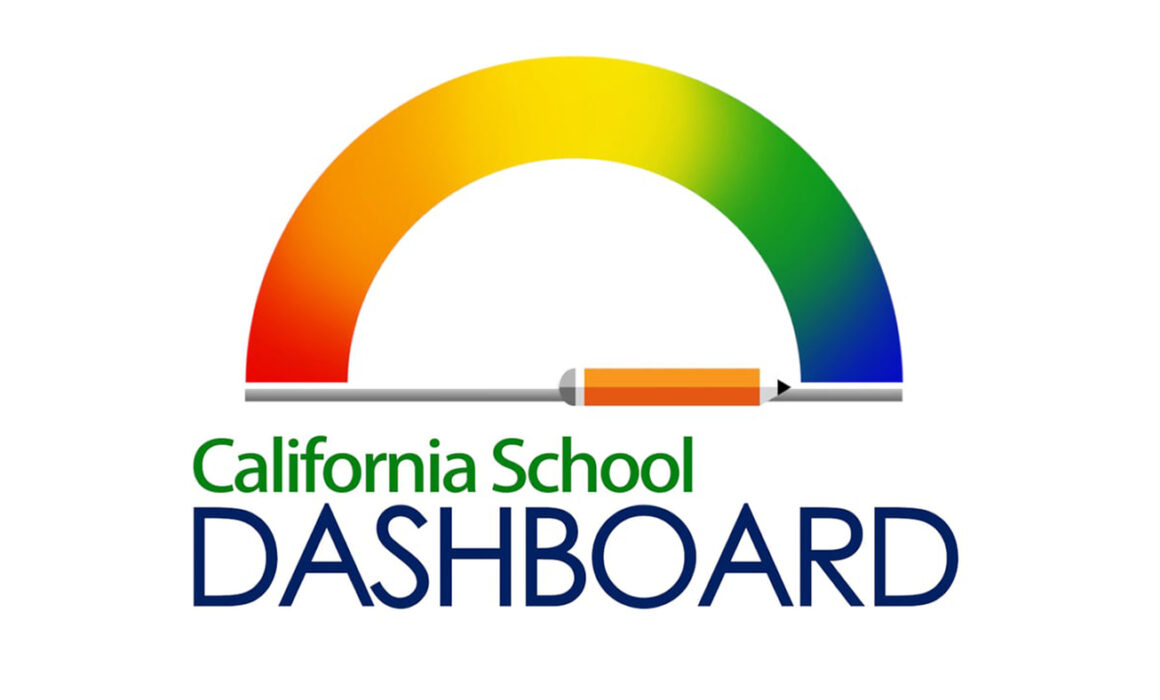
THE DATA IS IN: Historic increases in funding for our schools in recent, post-pandemic years are paying off and indicate that continued funding is essential to sustain and grow these gains in years to come.
Specifically, the 2024 California School Dashboard, an online tool designed to help communities across the state access important information about TK–12 schools and districts, was released in November. The report shows that student outcomes in seven state indicators continue to improve after significant investments to ensure healthy and safe learning environments, accelerate academic outcomes and prepare students for post-secondary opportunities.
The indicators, a key component of the state’s school accountability system, include the latest data on graduation rates, suspension rates, test scores, English learner progress, the college/career indicator, chronic absenteeism and local indicators.
Dashboard highlights:
• All student groups show significant increases in consistently attending schools, with a 16.7% year-over-year decline in chronic absenteeism.
• There is continued statewide growth in student graduation rates, with the largest cohort of students graduating K–12 schools since 2017.
• Over 10,000 students graduated in their fifth year during 2023–24 as members of the class of 2023.
• Upon graduating, students are earning distinctions such as the State Seal of Biliteracy at higher rates than ever.
• College and career readiness has been maintained for all students and increased for specific student groups, narrowing equity gaps for Black/African American students, American Indian/Alaska Native students and Long-Term English Learners.
• Suspension rates have declined for every student group, though there is need for a continued focus on disparities in suspension for Black/African American students, foster youth, Long-Term English Learners, homeless youth and students with disabilities.
• The chronic absenteeism rate, which measures the number of students who missed 10% of the days they were enrolled, declined to 20.4% in 2023–24, a decline of 4.5% from last year and a 9.6% decline from an all-time high of 30% in 2021–22. Equity gaps in chronic absenteeism are becoming smaller, with improvements made in the most vulnerable student groups, including foster youth, homeless youth, students with disabilities, English learners, socioeconomically disadvantaged students and migrant students.
This continued improvement in chronic absenteeism follows significant state investments in initiatives that support family engagement and student well-being, such as Community Schools, Expanded Learning, Universal Meals and Mental Health Supports. CTA supports all these initiatives and is strongly committed to the Community Schools movement; read about CTA’s Community Schools work at cta.org/communityschools.
The four-year cohort graduation rate for the class of 2024 is 86.4%, a slight increase from last year and a higher rate than pre-pandemic levels. The 2023–24 four-year adjusted cohort also included more graduates who meet UC/CSU admission requirements than prior to the pandemic, with 227,463 students (51.4% of graduates) eligible for admission at California’s public universities.
“We’re seeing that when we provide for the most vulnerable in our communities all students reap the rewards. Our migrant students and socioeconomically disadvantaged students show marked improvements in consistent school attendance and graduation rates, reflecting the dedication of our educators and students alike,” said State Superintendent of Public Instruction Tony Thurmond.
California State Board of Education President Linda Darling-Hammond said the Dashboard results “show California is continuing to make important strides in post-pandemic recovery…. There is still much work to do, and it will be critically important to continue the forward-thinking initiatives and investments made in recent years so that they will continue to pay dividends in the coming years.”
In addition to the state indicators, local educational agencies (districts, county offices of education, charter schools, etc.) use local indicators to report progress based on local data. For details on this and other Dashboard results, visit cde.ca.gov/Ta/ac/cm.



The Discussion 0 comments Post a Comment